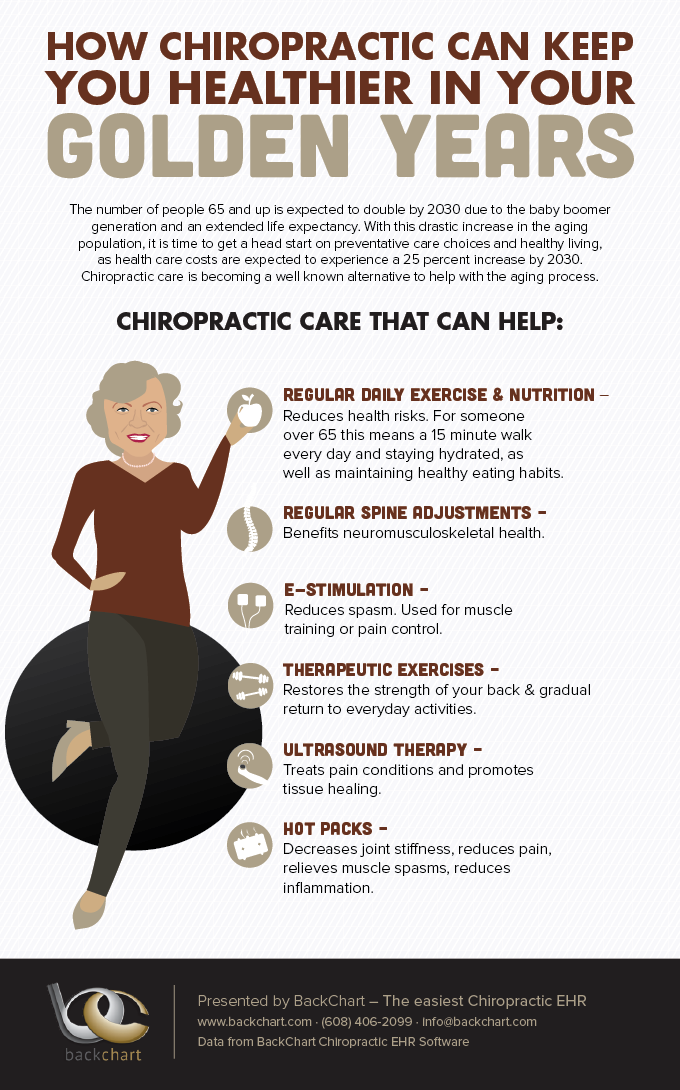The Influence Of Stance On Back Pain: Methods For Maintaining Appropriate Positioning Throughout Daily Activities
The Influence Of Stance On Back Pain: Methods For Maintaining Appropriate Positioning Throughout Daily Activities
Blog Article
Material Composed By-Salisbury Fraser
Maintaining proper posture isn't practically sitting up right; it has to do with straightening your body in such a way that supports your back and minimizes the danger of pain in the back. The means you sit, stand, and relocate throughout the day can dramatically impact your spinal health and wellness. But exactly how specifically can sudden severe lower back pain female guarantee excellent alignment regularly, even during busy days filled with various tasks? Let's delve deeper right into the subtle yet impactful changes you can make to your daily routine to keep your back delighted and healthy.
Significance of Proper Posture
Proper stance is essential in keeping a healthy back and preventing pain. When you sit or stand with great pose, your spinal column is in alignment, decreasing stress on your muscular tissues, tendons, and joints. This positioning permits the body to disperse weight uniformly, protecting against excessive tension on specific locations that can lead to pain and discomfort. By maintaining your spinal column effectively aligned, you can also boost your breathing and food digestion, as slouching can press organs and limit their capability.
Additionally, maintaining good stance can enhance your total look and confidence. When you stand tall with your shoulders back and head held high, you exude self-confidence and show up even more friendly. Excellent pose can likewise make you feel more energized and sharp, as it advertises appropriate blood flow and permits your muscular tissues to function successfully.
Including correct position into your day-to-day routine, whether resting at a workdesk, walking, or working out, is necessary for stopping pain in the back and advertising general health. Remember, a small change in how you hold on your own can make a considerable difference in exactly how you really feel and function throughout the day.
Common Postural Mistakes
When it involves maintaining good pose, several people unknowingly make common blunders that can contribute to back pain and pain. Among one of the most widespread errors is slouching or hunching over while sitting or standing. This placement puts too much pressure on the back and can bring about muscle imbalances and pain in the long run.
One more common blunder is overarching the reduced back, which can squash the natural curve of the back and create pain. Additionally, crossing functional medicine in austin texas while resting might really feel comfortable, but it can produce an imbalance in the hips and hips, resulting in postural concerns.
Making use of a pillow that's too soft or as well solid while sleeping can additionally influence your positioning and add to back pain. Finally, constantly craning your neck to look at screens or readjusting your position frequently can strain the neck and shoulders. Being mindful of these usual postural blunders can help you preserve much better alignment and lower the threat of back pain.
Tips for Correcting Positioning
To improve your positioning and minimize pain in the back, it's important to concentrate on making small modifications throughout your day-to-day regimen. Begin by bearing in mind your position. When sitting, guarantee your feet are flat on the floor, your back is straight, and your shoulders are relaxed. Avoid slouching or leaning to one side. Usage ergonomic chairs or paddings to support your lower back.
When standing, disperse your weight uniformly on both feet, keep your knees somewhat bent, and embed your hips. Engage your core muscular tissues to support your spine. Take breaks to stretch and walk if you have an inactive work. Incorporate workouts that reinforce your core and back muscle mass, such as slabs or bridges.
While resting, utilize a pillow that supports the natural contour of your neck to maintain appropriate back placement. Avoid sleeping on your tummy, as it can strain your neck and back. By being mindful of these tips and making small adjustments, you can slowly remedy your positioning and reduce pain in the back.
Verdict
Bear in mind, keeping good pose is essential to avoid neck and back pain and advertising back health. By being mindful of your positioning, dispersing weight equally, and engaging your core muscles, you can lower stress on your back and decrease the threat of discomfort and injury. Include ergonomic assistance, take routine breaks to stretch, and strengthen your core and back muscle mass to keep correct alignment throughout the day. Your back will thank you for it!
